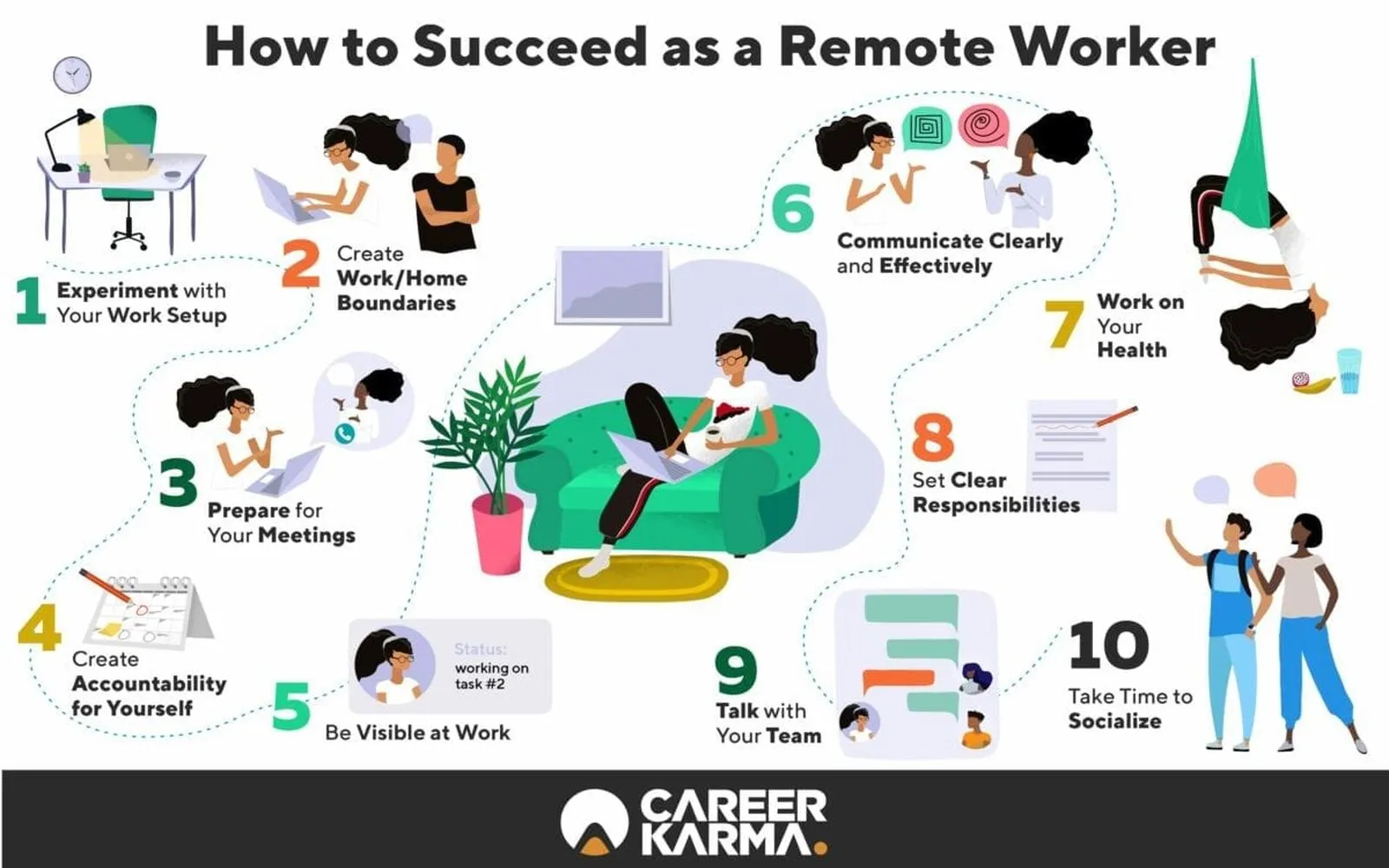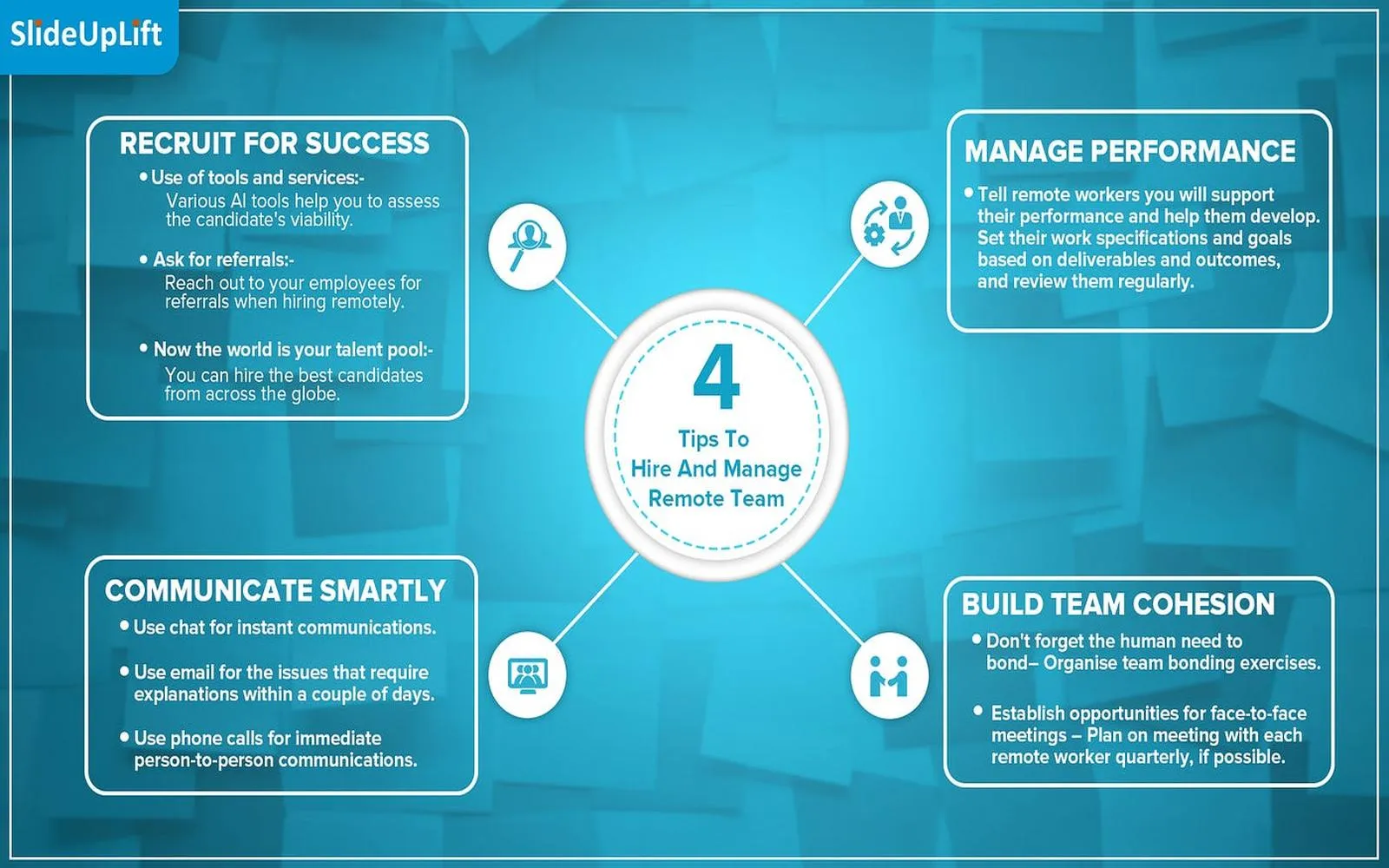
Unveiling the Top AI Editing Assistants
In what has been a horrific week in aviation, a PAL Airlines aircraft operating as Air Canada flight AC2259 made an emergency landing at Halifax Stanfield International Airport on Saturday night due to a landing gear failure, which resulted in a fire.

A guide to onboarding remote employees
Onboarding remote employees is essential for fostering a productive and engaged workforce. This process involves introducing new hires to company culture, tools, and workflows while ensuring they feel connected and supported. Effective onboarding includes structured training sessions, clear communication of expectations, and opportunities for social interaction among team members. Providing resources and ongoing feedback helps remote employees acclimate and thrive in their roles, ultimately leading to increased job satisfaction and retention. A thoughtful approach to onboarding sets the foundation for long-term success.

Work from home apps: The 16 tools we use most at Zapier
In the evolving landscape of remote work, Zapier relies on a selection of essential apps to enhance productivity and collaboration. These tools streamline communication, project management, and automation, enabling teams to work efficiently from any location. By integrating various platforms, they simplify workflows and reduce manual tasks, fostering a seamless work environment. The combination of these applications not only supports daily operations but also cultivates a strong team dynamic, ensuring everyone stays connected and engaged while working remotely.

How to small talk while working remotely (without being weird)
Engaging in small talk while working remotely can enhance relationships and create a more enjoyable work environment. Start by sharing a light observation about your surroundings or recent experiences, such as a new coffee blend or a show you recently watched. Ask open-ended questions to encourage dialogue, but be mindful of your colleagues' cues. Keep the tone casual and upbeat, and remember to listen actively. This approach helps build rapport without feeling forced or awkward, fostering a sense of connection in a virtual space.

Remote team activities: How to have fun when you work from home
Remote team activities can enhance camaraderie and engagement among colleagues working from home. Virtual games, online quizzes, and collaborative projects provide opportunities for team bonding. Organizing themed video calls or casual coffee breaks encourages informal interactions, helping to break the ice and strengthen relationships. Celebrating milestones and achievements together fosters a sense of community. By incorporating fun elements into the remote work routine, teams can maintain motivation and create a positive, inclusive work culture, even from a distance.

7 strategies for running effective remote meetings
Running effective remote meetings requires clear communication and thoughtful planning. Establish a focused agenda to keep discussions on track, and ensure all participants have the necessary technology and access to materials. Encourage engagement by inviting input from everyone, fostering a collaborative atmosphere. Utilize visual aids to enhance understanding and maintain attention. Set specific action items with deadlines to ensure accountability. Lastly, schedule meetings at convenient times for all participants, considering different time zones to maximize attendance and participation.

Your questions about remote work, answered
This resource provides insightful answers to common queries surrounding remote work, addressing concerns such as productivity, communication, and work-life balance. It explores the benefits and challenges of working from home, offering practical tips for navigating the virtual workspace effectively. Readers will gain valuable perspectives on establishing boundaries, staying motivated, and fostering team collaboration in a remote environment. Whether you're new to remote work or seeking to enhance your experience, this guide serves as a helpful tool for maximizing your potential.

The remote worker's toolkit: The 15 tools you need to work remotely
The remote worker's toolkit is essential for anyone navigating the challenges of working from home or any remote location. It encompasses a diverse array of tools designed to enhance productivity, streamline communication, and facilitate collaboration. From project management software and video conferencing platforms to time-tracking applications and cloud storage solutions, these 15 tools empower remote workers to stay organized, connected, and efficient. By leveraging the right technology, individuals can create a productive work environment that fosters creativity and teamwork, regardless of physical distance.

Here's what happens if you work from home without a routine
Working from home without a routine can lead to a lack of structure and focus, making it challenging to separate personal and professional life. Distractions may become more prevalent, resulting in decreased productivity and motivation. The absence of set hours can blur boundaries, causing longer work hours and potential burnout. Additionally, without a clear schedule, individuals may struggle with time management, leading to missed deadlines and increased stress. Establishing a routine is crucial for maintaining balance and effectiveness in a remote work environment.

18 work from home tips other tech companies won't tell you
Discover effective strategies for enhancing productivity while working from home, tailored to help you thrive in a remote environment. This guide shares unique insights often overlooked by tech companies, focusing on creating a conducive workspace, establishing a healthy work-life balance, and fostering communication with colleagues. Learn how to leverage technology to your advantage, maintain motivation, and implement self-care practices that boost both mental and physical well-being. Embrace these tips to transform your remote work experience into a successful and fulfilling journey.

3 things I learned in my first year of remote work
In my first year of remote work, I discovered the importance of establishing a dedicated workspace to enhance focus and productivity. I learned to communicate effectively, using various tools to stay connected with my team and ensure collaboration despite the distance. Additionally, I realized the value of setting boundaries between work and personal life, which helped prevent burnout and maintain a healthy work-life balance. Overall, these insights have significantly improved my remote working experience.

Beyond 9 to 5: A glimpse into some unusual work from home schedules
Exploring the evolving landscape of remote work, this piece highlights unconventional work-from-home schedules that break the traditional 9 to 5 mold. It showcases individuals who embrace flexibility, opting for unique hours that align with personal productivity peaks and lifestyle choices. From night owls tackling tasks under moonlight to early risers seizing the quiet morning hours, these diverse schedules reflect a growing trend towards autonomy in the workplace, allowing for a better work-life balance and enhanced creativity.

Don't work more when you work from home
Working from home offers flexibility, but it can blur the boundaries between professional and personal life. To maintain a healthy work-life balance, it's essential to set clear boundaries. Establish a designated workspace, stick to a consistent schedule, and take regular breaks to recharge. Avoid the temptation to extend work hours or check emails after hours. Prioritizing self-care and downtime helps prevent burnout and enhances productivity, ensuring that your work remains efficient and fulfilling without encroaching on your personal time.

Want to keep working from home? Here's how to ask.
If you're looking to continue working from home, it's essential to approach the conversation with your employer thoughtfully. Start by highlighting your productivity and any positive outcomes from remote work. Express your desire to maintain this arrangement while addressing any concerns they might have. Be prepared to discuss your work habits and how you plan to stay connected with the team. A well-structured request can demonstrate your commitment and professionalism, making it easier for your employer to consider your proposal.

How to hire a remote team
Hiring a remote team involves several key steps to ensure a successful recruitment process. Start by clearly defining the roles and responsibilities needed, followed by crafting compelling job descriptions that attract the right candidates. Utilize various online platforms to post job listings and actively seek talent. During the interview process, prioritize candidates' communication skills and self-discipline, as these are crucial for remote work. Finally, implement effective onboarding practices to integrate new hires into your company culture and maintain strong team collaboration.

Why remote work shouldn't mean micromanaging—and what to do instead
Remote work should foster trust and autonomy rather than micromanagement, which can lead to decreased morale and productivity. Instead of closely monitoring every task, leaders should focus on clear communication, setting expectations, and empowering employees to take ownership of their work. Encouraging regular check-ins and feedback fosters collaboration and ensures accountability while allowing team members the flexibility to manage their time effectively. Emphasizing results over processes can create a more positive and productive remote work environment.

5 remote work tips college students can use this year
Navigating remote work as a college student can be challenging yet rewarding. Establish a dedicated workspace to enhance focus and productivity. Create a structured schedule that mimics a traditional workday, incorporating breaks to maintain energy levels. Leverage technology by utilizing collaboration tools and apps for better communication with peers and professors. Prioritize self-care to manage stress and maintain a healthy work-life balance. Finally, stay organized by setting clear goals and deadlines to keep track of tasks and responsibilities effectively.

How to run virtual icebreakers that actually work
Running effective virtual icebreakers involves creating an inclusive and engaging environment that encourages participation. Start by selecting activities that cater to diverse interests and comfort levels, ensuring everyone can contribute. Use open-ended questions to spark conversation and foster connections among participants. Incorporate visual elements or interactive tools to enhance engagement. It's important to establish a relaxed atmosphere where team members feel safe sharing personal insights, ultimately building rapport and enhancing collaboration in a virtual setting.

Collaborate like a kid: What preschoolers can teach us about adjusting to remote work
In a world increasingly reliant on remote work, we can learn valuable lessons from preschoolers about collaboration. Their natural ability to share, communicate openly, and adapt to new situations highlights the importance of flexibility and creativity in a virtual environment. By embracing a playful mindset, adults can foster a sense of community, encourage teamwork, and enhance problem-solving skills. Observing how children navigate challenges with enthusiasm and curiosity can inspire more effective and enjoyable remote work experiences for everyone involved.

5 remote team activities that aren't Zoom happy hours
Engaging remote teams can go beyond traditional Zoom happy hours. Consider organizing virtual escape rooms, where team members collaborate to solve puzzles and challenges. Host a themed cooking or baking session, allowing colleagues to share recipes and culinary tips. Create a book or movie club to foster discussions and shared interests. Implement a wellness challenge that encourages physical activity and mindfulness practices. Lastly, try a virtual talent show, giving everyone a chance to showcase their unique skills and talents in a fun environment.

How to support your employees who are working remotely with kids at home
Supporting employees working remotely with children at home requires a compassionate approach. Encourage open communication, allowing them to express challenges and needs. Offer flexible work hours to accommodate childcare responsibilities. Provide access to resources such as virtual childcare options or online educational tools. Foster a culture of understanding by promoting regular check-ins and team bonding activities, helping employees feel connected. Additionally, consider implementing mental health resources to support their well-being, recognizing the unique pressures they face in balancing work and family life.